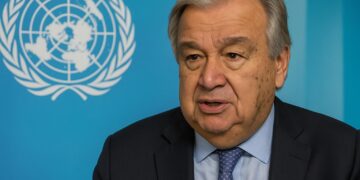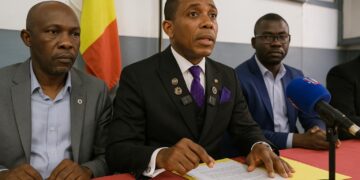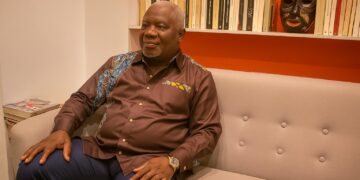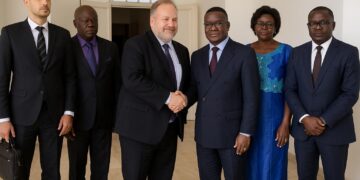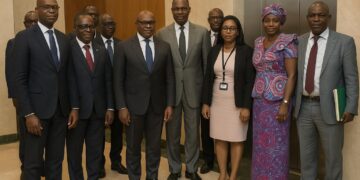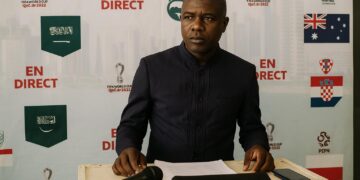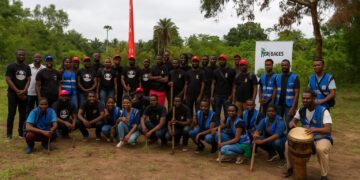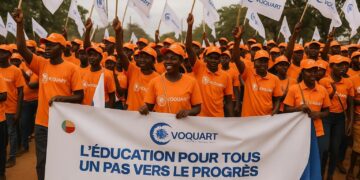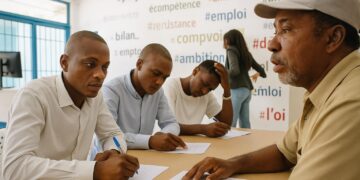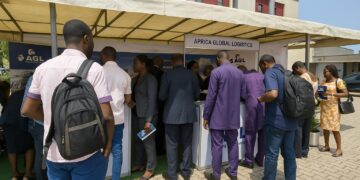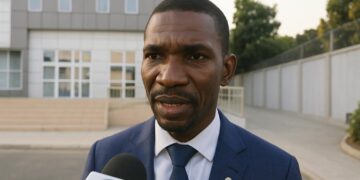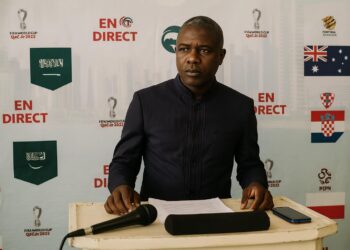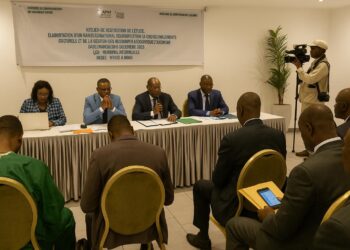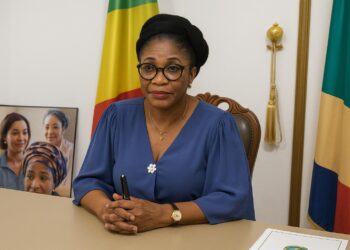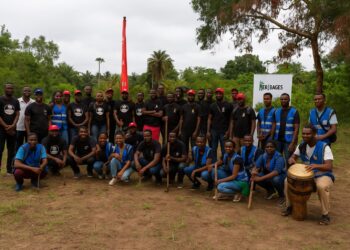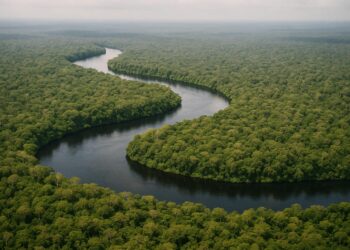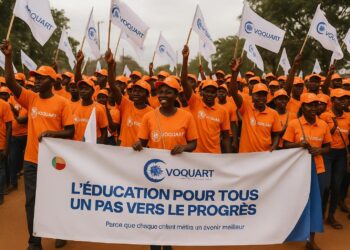Congo Aligns Climate Finance With Rural Livelihoods
At a two-day workshop in Brazzaville on 15-16 September 2025, national authorities and partners fine-tuned a payment for environmental services tool that could redirect international climate finance straight to smallholders. The initiative falls under the Central African Forests Initiative, a platform already pledged over 700 million USD across the region.
Strategic Oversight From the Prime Minister’s Office
The Permanent Secretariat coordinating the Congo-CAFI partnership, operating under the Prime Minister’s authority, steered the meeting. Augustin Ngoliélé, adviser to the Head of Government, outlined a roadmap that synchronises forest protection with poverty reduction, insisting that “clear, measurable contracts will guarantee value for every franc channelled to the countryside”.
Roadmap Targets COP30 Visibility
Delegates converged on two milestones. First, a pilot project will be showcased at COP30 in Belém in November 2025 to demonstrate proof of concept. Second, the mechanism will expand gradually across all administrative departments, capitalising on lessons from the Sustainable Wood-Energy Enhancement Project supported by the World Bank.
How Payments for Environmental Services Operate
Under a PSE contract, a farmer or community receives a predefined sum for verifiable actions such as agro-forestry, reduced slash-and-burn or assisted natural regeneration. Disbursements depend on remote sensing and local audits that certify tonnes of carbon stored or hectares of forest conserved, aligning financial incentives with ecological outcomes.
First Beneficiaries Already Identified
Carine Saturnine Milandou, who heads the National Forest and Wildlife Resources Inventory Centre, confirmed that an initial cohort of households in the Plateaux and Cuvette departments has been shortlisted. Awareness campaigns in Lingala, Kituba and French aim to ensure that contractual obligations are understood before the first franc changes hands.
Why the Congo Basin Matters Globally
Covering roughly 24 million hectares in the Republic of Congo alone, the basin’s forests fix an estimated 1.5 billion tonnes of carbon, comparable to the annual emissions of Japan. Their peatlands host the planet’s largest tropical carbon sink, making the country a strategic ally for investors focused on net-zero portfolios.
Financing Architecture and Risk-Sharing
CAFI funds will be blended with state budget allocations and potentially with concessional credit from the Green Climate Fund. The Ministry of Finance is drafting an escrow mechanism to isolate payments from fiscal volatility, reassuring both smallholders and upstream sponsors that funds remain shielded from macroeconomic headwinds.
Safeguards Against Leakage and Fraud
International standards such as the Verified Carbon Standard and the World Bank’s Environmental and Social Framework guide the monitoring plan. Satellite imagery supplied by the European Space Agency complements village-level grievance committees, creating dual oversight streams that limit false claims and channel rapid redress to participating communities.
Private-Sector Openings From Agro-Ecological Shifts
As producers diversify into shade cocoa, native fruit and certified timber, downstream processors and exporters could tap premium markets, notably in the EU after the deforestation-free supply-chain regulation enters force. Early commercial alliances may therefore emerge between Congo cooperatives and buyers seeking traceable, low-carbon commodities.
Laboratory for Regional Replication
Neighbouring Gabon and Cameroon are observing the pilot closely. A successful rollout could inform a sub-regional PSE protocol under ECCAS, pooling monitoring resources and attracting bundled carbon credits attractive to institutional investors constrained by minimum ticket sizes.
Macroeconomic Upsides Beyond Carbon
Injecting fresh revenue into rural districts can dampen urban migration, stabilise food supply and widen the tax base through indirect consumption taxes. Modelling by the Ministry of Planning suggests that every dollar paid under PSE could generate 1.8 dollars in local economic activity within two years.
Digital Platforms To Streamline Disbursement
The National Microfinance Fund proposes a mobile wallet linked to biometric IDs to minimise cash handling costs. Pilot tests in Ngo and Mossaka have reduced transaction fees by 40 percent compared with traditional bank branches, freeing up more resources for farm inputs and schooling.
Aligning With Congo’s Updated NDC
The country’s revised nationally determined contribution aims to cut emissions 20 percent against business-as-usual by 2030. Payments for environmental services were explicitly listed as an enabling instrument, signalling policy continuity and giving multilateral partners an articulated framework for results-based funding.
Implementation Challenges Remain Manageable
Land-tenure clarity, currently governed by the 2019 Land Code, must advance to avoid conflicts over benefit sharing. The Ministry of Land Affairs plans a participatory mapping exercise, financed by the African Development Bank, to overlay customary claims with cadastral records before the scale-up phase.
Expert Voices Urge Patience and Precision
Joseph Inkoua, a natural-resources economist at the University of Brazzaville, cautions that “PSE works only if verification costs stay below 20 percent of payouts. Digital monitoring offers hope, yet capacity building down to district level is non-negotiable”. His remarks resonated throughout the workshop’s breakout sessions.
Next Steps for Investors and Policymakers
By early 2026, the government intends to publish a performance report and a pipeline of additional sites available for co-financing. Investors monitoring green bonds or voluntary carbon markets should track those disclosures, which could position Congo as a premier venue for nature-based solutions in Central Africa.




